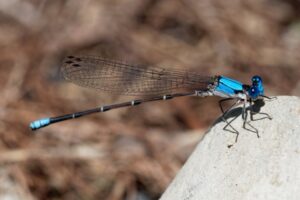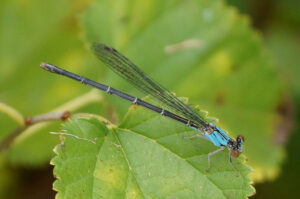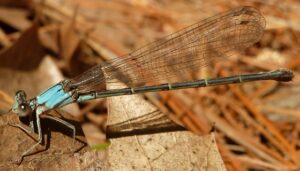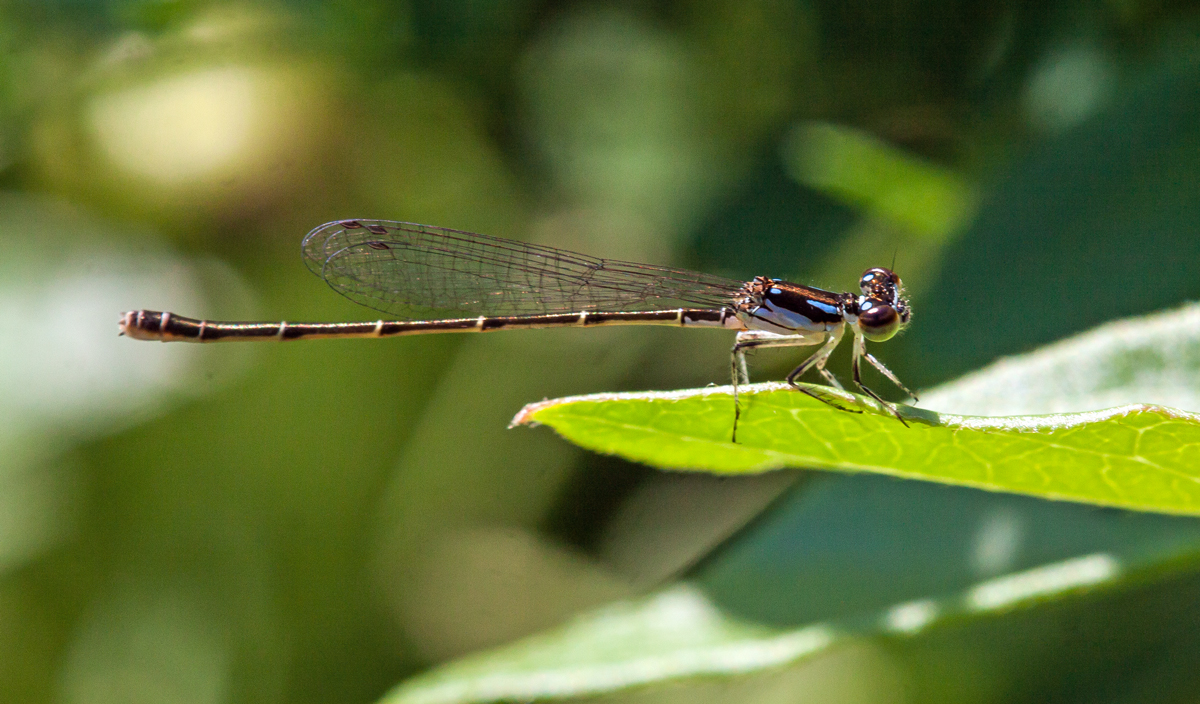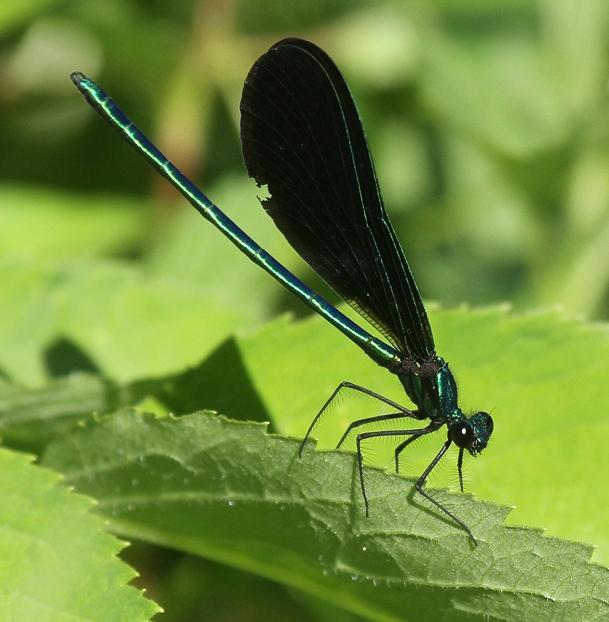Blue-fronted Dancer (Argia apicalis)
Updated on
22/11/2022The blue-fronted dancer gets its name from the blue thoracic segments of the male specimen. American zoologist Thomas Say first described this species in 1840.
Scientific Classification
- Class:Insecta
- Order:Odonata
- Family:Coenagrionidae
- Genus: Argia
- Species:A. apicalis
Conservation Status
Description
On average, this damselfly is between 1.3 and 1.6 inches. The males have a blue thorax with plates separated by black lines and an abdomen whose 8th, 9th, and 10th segments are blue and the rest brown. Some males have greyish-blue segments rather than blue ones.
Female blue-fronted dancers go through three thoracic colors – brown, grayish-black, and turquoise.
Distribution: Throughout North America, including Canada, Mexico, and the United States (from Florida to New Mexico)
Habitat: Mostly around muddy rivers, but also lakes, ponds, small rivers, and streams
Do they bite: No
Lifespan: Males: 8 days; Females: 7 days
Predator: Birds
Behavior and Characteristics
Feeding
Their diet mainly consists of tiny flying insects as adults. The nymphs have more voracious appetites, feeding not only on insects and worms but also on small fish.
Life Cycle
Males patrol water bodies, waiting for a female to appear. Female blue-fronted dancers only come to water bodies to mate. Once they begin to breed, the two begin to search for an appropriate location to lay eggs mid-copulation.
1. Egg Stage
In the middle of the breeding process, the female oviposits the eggs on driftwood or similar floating plant debris.
2. Nymph Stage
The nymphs go through 10-12 instars before fully developing into adults.
Interesting Facts
- The oldest recorded specimen was a marked male that lived up to 33 days.
Source
azdragonfly.org, inaturalist.ca, bugguide.net




